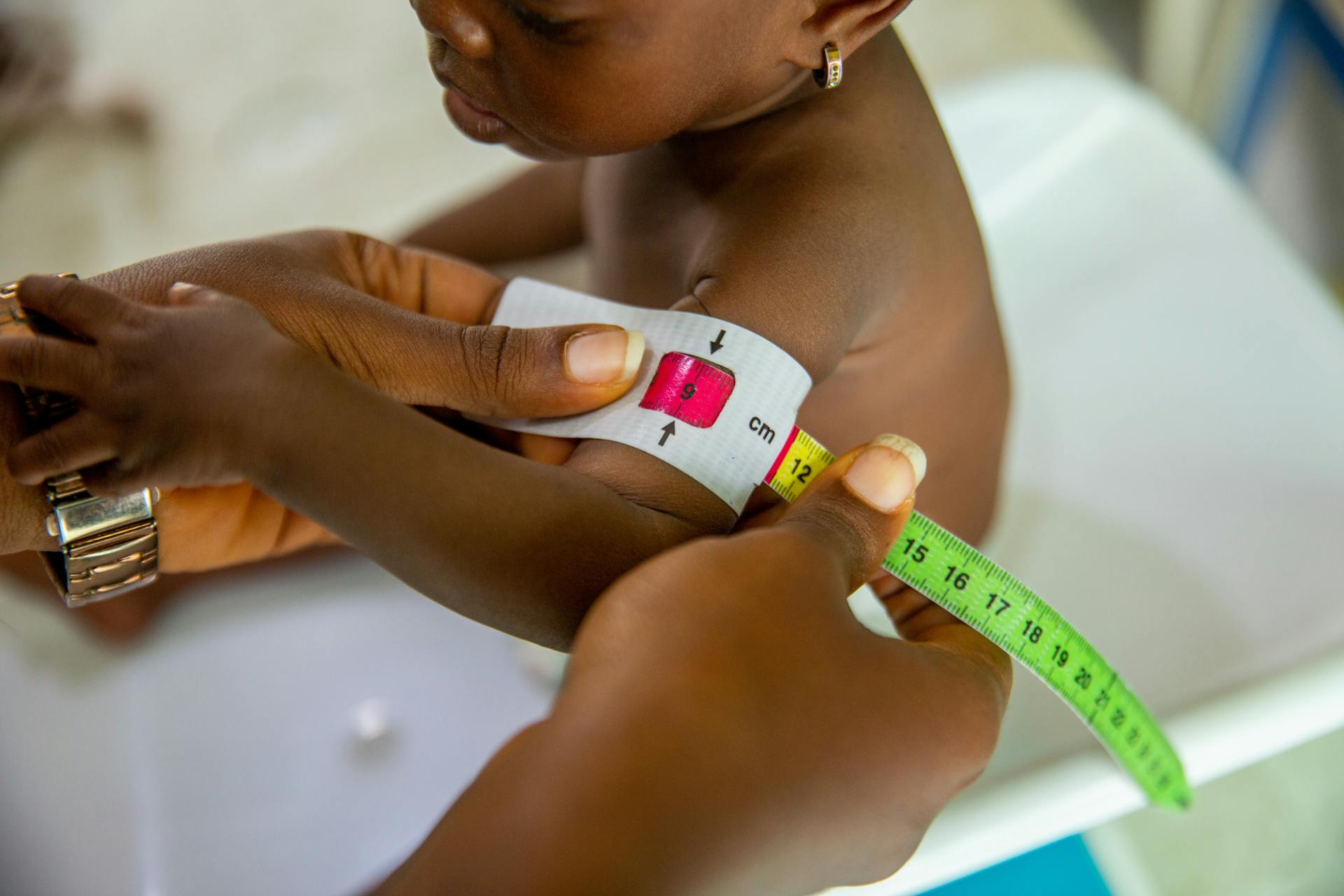
Protein-Energy Malnutrition(PEM)
Definition:
Protein-energy malnutrition, recently termed “Protein Energy Undernutrition,” refers to energy shortfalls due to a diet’s partial or complete protein deficiency. This undernutrition is not solely caused by protein deficiency but also by other macro- and micronutrient deficiencies.
In first-world countries, already existing comorbidities like gastric disorders or metabolic issues cause PEM.
On the other hand, in third-world countries, food scarcity is leading to undernutrition.
Protein-energy malnutrition is the main culprit for growth stunting, mental retardation, and wasting, especially in poor and developing countries.
Worldwide Statistics:
According to WHO, in 2022, around 149 million children under 5 years were stunned(short height), and 45 million were estimated to be wasted(too thin).
In 2021, out of 4.7 million children(under the age of 5) deaths, 2.4 million deaths were credited to child or maternal malnutrition.
Another report reveals that around 9 million people die every year due to hunger and hunger-borne diseases. After every 10 seconds, a child dues to hunger.
The African continent has the highest percentage of undernutrition where around 20% of people don’t have enough food.
In Sub-Saharan Africa, 1 in 3 children suffer from severe PEM.
A Wikipedia graph also reveals the global epidemiology of malnutrition.
Classifications of PEM:
1. Gomez Classification;
This Classification is based on the weight relative to the age. The following formula is used to calculate it;
Wt. of child/Wt. of normal child of the same age×100
- Normal = >90%
- Grade-1 = 76-90%(Mild)
- Grade-2 = 61-75%(Moderate)
- Garde-3 = <61%(Severe)
2. Harvard Classification;
The 50th percentile of the child’s weight is considered 100%(ref. point).
- Normal = 80-100% of 50th percentile
- Grade-1 = 71-80% of 50th percentile
- Grade-2 = 61-70% of 50th percentile
- Grade -3 = 51-60% of 50th percentile
- Grade-4 = <50% of 50th percentile
3. Welcome Classification;
| Wt. for age | Edema present | Edema absent |
| 80-60% of standard | Kwashiorkor | Ponderal retardation |
| <60% of standard | Marasmic Kwashiorkor | Marasmus |
4. Mid-Upper Arm Circumference;
For children aged 06 months-5 years, MUAC <12.5cm is considered an indication of protein-energy malnutrition.
5. Kanawati Index;
The ratio between MUAC and head circumference is called KI.
- Normal = >0.32
- Mild PEM = 0.280-0.320
- Moderate PEM = 0.250-0.279
- Severe PEM = <0.250
6. WHO Classification;
| Parameter | Moderate | Severe |
| Edema | Absent | Present |
| Wt/Ht | Z score -2 to -3 | Z score <-3 |
| Ht/Age | Z score -2 to -3 | Z score <-3 |
Types of PEM:
1. Primary PEM;
Lack of dietry protein causes primary PEM. It mostly affects children of low socioeconomic backgrounds where poverty is prevailing and food is scarce. Chronic primary PEM leads to;
- Kwashiorkor
- Marasmus
- Marasmic Kwashiorkor
2. Secondary PEM;
It is secondary to some ongoing metabolic or chronic disorder of the body. It is caused by;
- GIT disorders i.e. pancreatitis, gastritis.
- Hormonal disorders i.e. Pheochromocytoma, Hyperthyroidism, Addison’s Disease.
- Chronic disorders i.e. Cancer, AIDS, Renal Failure.
Mechanism of PEM Development:
Protein-energy malnutrition is characterized by negative nitrogen balance. When the body is not getting enough macronutrients, it first utilizes fat and then proteins, leading to muscular atrophy. Due to protein deficiency, negative nitrogen balance occurs.
1. Kwashiorkor:
Protein deficiency causes Kwashiorkor. Due to protein deficit, the following signs and symptoms may represent;
- Edema of hands and feet
- Ascites(distended abdomen due to fluid inside tummy)
- Stunted growth
- Hair loss with pigmentation loss
- Dry skin
- Fatty liver
- Anorexia
- Fatigue
2. Marasmus:
The causative factor of Marasmus is a calorie deficit. Along with protein, all essential nutrients are deficient in Marasmus. Child neglect and abuse are also some of the causes of Marasmus.
The following symptoms and signs present it;
- Extreme weight loss(BMI<16)
- Hair loss
- Prominent skeleton
- Extensive muscle and fat loss
- The face appears of more age
- Think skin hanging in the folds
Diagnosis:
Diagnosis of protein-energy malnutrition is a step-wise approach;
- Taking history
- Physical measurements(Correlate with the classification as mentioned earlier)
- General physical examination
- Lab tests, i.e., Blood Complete Picture, S-Electrolytes, Renal Function Test, BUN, Blood Glucose, CD4+ count, S-Transferrin
- Rule out the cause of secondary protein-energy malnutrition.
Treatment:
The goal of PEM treatment is to refeed deficient nutrients. Patients suffering from protein-energy malnutrition should be hospitalized to avoid refeeding complications.
1. Mild PEM can be treated without hospitalization. Properly taking the required nutrients can alleviate symptoms and improve overall physical well-being.
Essential nutrition adoption plays an important role in PEM prevention.
2. Children with moderate to severe PEM should be treated at a hospital that requires IV rehydration and aggressive nutritional rehabilitation. They should be given ReSoMal(a modified ORS solution).
Calories calculation is important before feeding the individual. In severe cases, it might take days to stabilize the patient through rehydration enough to tolerate oral feeds.
Severe cases might require NG feeding. 70% calories of the total requirement should be given initially, which can be raised to 140%.
Patients with lactose intolerance should avoid milk-based formula diets. Yogurt-based treatments are better for them
Due to lack of nutrients, bodily metabolism is slow which leads to hypothermia. Correcting hypothermia is also an essential part of treatment.
Complications of Treatment:
Following complications should be observed in PEM under-treatment patients;
- Refeeding syndrome
- Diarrhea
- Arrhythmias
- Hypophosphatemia(causing seizures, muscle weakness)
- Decreased bone density
- Gallstones development
